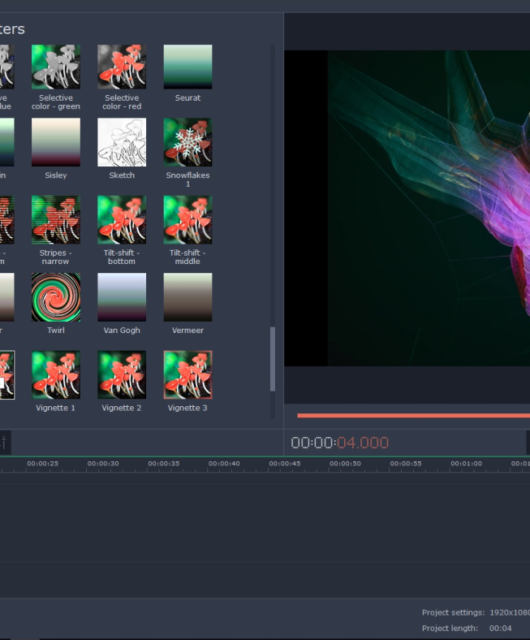6 B2B SaaS Trends to Watch in 2025 and Beyond

B2B SaaS has been a cornerstone of the technology economy since the 1990s, and arguably even before. Of course, the space has changed a great deal in the past 30-plus years, but its importance hasn’t really diminished.
That’s evidenced by generations of venture capital firms, from older players like Kleiner Perkins to newer but still seasoned firms like Target Global to true upstarts (of which there are too many to name), continuing to invest in B2B SaaS companies across multiple business and economic cycles.
Nevertheless, few VCs, founders, or observers of the B2B SaaS space would argue against the notion that we’re heading into a period of unprecedented disruption across the industry. What should those of us with a stake in it do to prepare ourselves?
First, let’s take a look at six B2B SaaS trends to watch in 2025 and beyond.
1. AI Remains a Key Value Driver
No conversation about B2B SaaS in 2025 would be complete without nodding to the transformative potential of generative (and non-generative) AI. While no AI-powered “killer app” has emerged so far, most observers believe it’s only a matter of time before the technology creates significant value — and even more disruption — in the B2B landscape. The big question is whether that happens in 2025, or whether we have to wait a while longer.
2. Omnichannel Experiences Are Increasingly Important
Call it the “consumerization” of B2B SaaS if you will — or whatever catchphrase you prefer. The point is that B2B software is slowly but surely catching up to B2C products on user-friendliness and compatibility. Both are increasingly seen as “table stakes” for high-growth B2B SaaS solutions, putting legacy alternatives at a growing disadvantage.
3. “Full Self-Service” Is Still Elusive
Don’t bet against gen AI eventually replacing human sales and support, but we’re not quite there yet. SaaS providers that go over their skis and attempt to remove the human element entirely are likely to remain at a disadvantage in 2025. For how much longer than that is anyone’s guess.
4. Lower Interest Rates Could Boost Venture-Backed Startups
The sharp, global rise in interest rates since 2020 has affected the availability of venture capital and the underwriting standards funders use to make investment decisions, according to GoingVC. Fortunately for B2B SaaS companies that still rely on venture funding, interest rates are expected to decrease in 2025 and 2026, if not beyond.
5. Cybersecurity Is More Critical Than Ever
Yes, cybersecurity has always been mission-critical, but high-profile data breaches of late — and growing worries about AI-enabled cyberattacks that easily get around current defenses — have reinforced its core importance for any B2B SaaS solution. To make matters worse, some expect to see more quantum computing breakthroughs in the near future which could render traditional cyber-defenses completely useless.
6. PaaS May Be the Next Big Growth Segment
Platform as a Service solutions, or PaaS, could be the next big growth segment for B2B software providers. This fits with a wider trend toward expansive, self-contained software ecosystems that support the entire value stack.
A Rapidly Changing Landscape
The B2B SaaS landscape is changing quickly, no question about it. Should that be cause for concern — or hope for an opportunity-filled future?
As usual, the answer is “both.” In 2025 and beyond, there will be winners and losers in the B2B SaaS space, just as there have been during previous periods of disruption. The companies, founders, and funders that come out ahead will be those that understand the trends driving the industry right now, as well as those poised to drive it in the future.
It’s an exciting time for the industry, and a slightly scary one too. Here’s to making the best of it.









